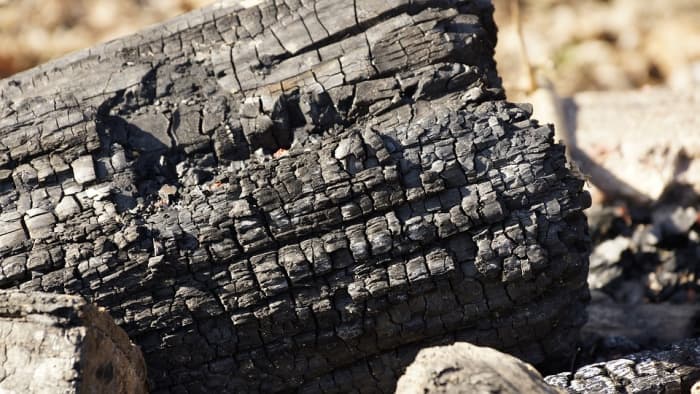

Eighteen patients with contact burns from engine parts were identified from 1980 through 1990. Ten-year data from the University of Washington Burn Unit confirmed our observation that these bums tend to be considerably deeper than suspected. As a result, each patient required multiple procedures to close their burn wounds.
#6th degree burn skin
If the area is down to 20 percent, most people can be saved, though elderly people and infants may fail to survive a 15 percent skin loss.We recently treated two patients with engine block-muffler contact burns and greatly underestimated the devastating injuries to bone, deep fascia, and muscle. Most people can survive a second-degree burn affecting 70 percent of their body area, but few can survive a third-degree burn affecting 50 percent. The front and back of each arm and hand equal 9% of the body's surface area. The front and back of the head and neck equal 9% of the body's surface area. The size of a burn can be quickly estimated by using the "rule of nines." This method divides the body's surface area into percentages. Severe burn injuries are almost always treated in surgical units and preferably in multidisciplinary burn centers. A burn injury is one of the most painful injuries a person can endure, and the subsequent wound care required to treat it is often more painful than the initial trauma. In one retrospective review of 238 severely burned patients, the survival rate for patients with >95 percent total body surface area (TBSA) burns was approximately 50 percent for children aged 14 years and younger, 75 percent in adults 45 to 64 years, and 30 percent in older patients. The percentage of damaged skin affects the chances of survival. It's interesting to note that, despite the common use of blue as a cold colour, and red as a hot colour – as they are on taps, for instance – it's the opposite for fire. After that, yellow, orange and red are the common colours you'll see in most fires. Human skin is destroyed when temperatures reach 162 degrees.īlue flames are the hottest, followed by white. For any minor burns hold the affected area under cold running water or apply a cool wet compress until the pain eases.Īt 118 degrees, human skin can sustain first-degree burns a second-degree burn injury can occur at a temperature of 131 degrees. For patients weighing 40 to 80 kg, the burn size is then multiplied by 10 to give the initial fluid rate in milliliters per hour. The burn size is estimated to the nearest 10% TBSA. The USAISR's Rule of 10 is a simplified formula to guide the initial fluid resuscitation of a burn victim. Once the burns reach 30-40% TBSA, then the injuries could be fatal if the person doesn't get treatment. When burns are more than 20-25% TBSA, then the person will need IV fluid resuscitation.

If a person has burns on 10 percent of their body surface area or greater, a specialized burn center should treat their wounds. Providers also know that burns that exceed 30 percent of a person's body can be potentially fatal, according to the National Institutes of Health. Dalton was originally diagnosed with burns so severe,… What percentage burn is fatal?

The 15-year-old Oklahoma boy survived an explosion during a brush fire. Has anyone survived 5th degree burns?ĭalton Henry is lucky to be alive. What burns the hottest on earth?Īcetylene and pure oxygen burns blue, at over 3,400✬ – the hottest temperature readily achievable with fuel and flame. The CDC estimates that 47 percent of residential burn injury deaths occur in homes that do not have smoke alarms. How do you get 6th degree burn?Īny accident involving prolonged exposure to heat, toxic chemicals, or high levels of voltage has the potential to cause a sixth-degree burn.


 0 kommentar(er)
0 kommentar(er)
